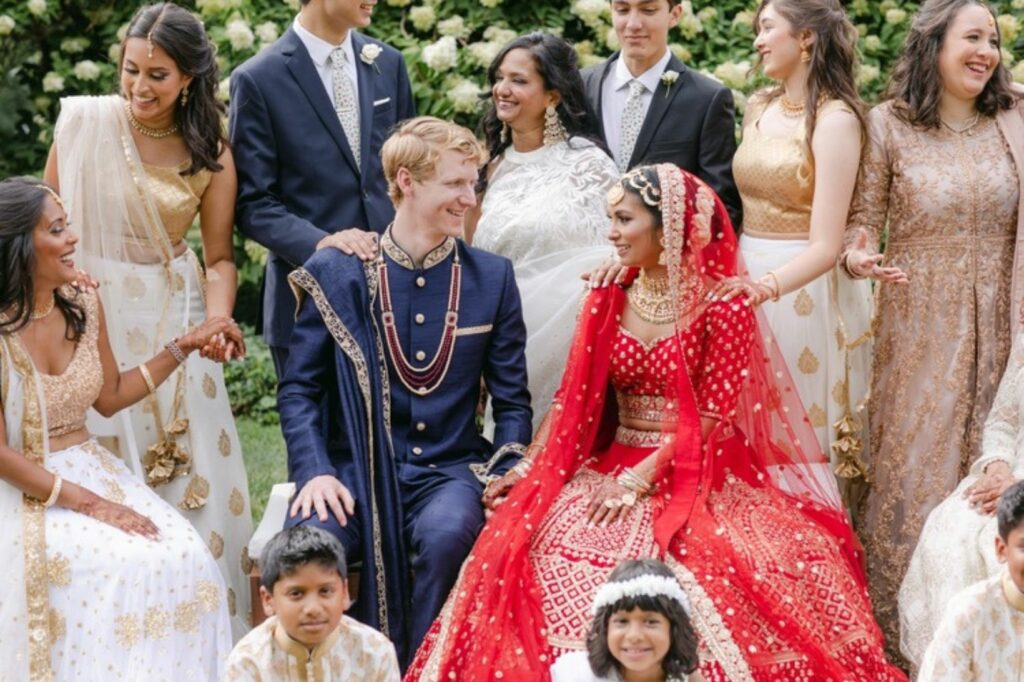In a world where cultures blend and intersect, comparing Bengali and American cultures offers a fascinating glimpse into two distinct ways of life. Bengali culture, rich with history and tradition, thrives on its deep-rooted connection to art, music, and literature. Festivals like Durga Puja and Pohela Boishakh showcase the vibrant tapestry of its people, creating a sense of community and belonging.
On the other hand, American culture, often seen as a melting pot, emphasizes individuality and innovation. With its diverse population, the United States celebrates a wide array of traditions and holidays, from Thanksgiving to the Fourth of July. The American ethos of freedom and self-expression stands in contrast to the collectivist spirit found in Bengali society.
Bengali Culture VS American Culture

Bengali and American cultures exhibit striking differences. Bengali culture places significant emphasis on community and tradition, with art, music, and festivals playing vital roles. Events like Durga Puja illustrate this focus, as communities come together to celebrate with elaborate rituals and performances. In contrast, American culture values individuality and innovation, evidenced by diverse celebrations like Thanksgiving and Independence Day that reflect historical narratives and personal expression. Understanding these distinctions enables individuals to appreciate the unique ways people connect and celebrate within each culture.
Communication styles also differ. Bengali communication often involves indirect speech and formality, balancing respect and humility. Conversely, Americans typically communicate directly, valuing clarity and assertiveness. These variations influence interactions in social, professional, and familial settings. Exploring these differences fosters effective cross-cultural communication and deeper insights into social dynamics.
Family structures and roles further highlight cultural contrasts. In Bengali society, family units are often extended, living together under one roof, with collective decision-making and respect for elders emphasized. American family structures are typically nuclear, prioritizing independence and self-determination, where individuals play significant roles in decisions. These differences shape societal norms and personal values, reflecting each culture’s priorities and traditions.
Historical Background
Bengali and American cultures have distinct historical roots, influencing their contemporary customs and values. Understanding these foundations reveals the development of their societal norms.
Roots of Bengali Culture

Bengali culture has deep-seated origins in the Indian subcontinent, with a history spanning thousands of years. It has flourished through various eras, including the Maurya and Gupta empires, which facilitated the spread of Hinduism and Buddhism. Renowned figures like Rabindranath Tagore and Swami Vivekananda emerged during the Bengal Renaissance, contributing significantly to literature, philosophy, and the arts. The cultural tapestry also absorbs influences from historical events like the partition of Bengal and the Bangladesh Liberation War, enriching its diversity and depth.
Evolution of American Culture
American culture evolved from the confluence of indigenous traditions and waves of immigration. Colonization in the 17th century laid the groundwork for modern American society, emphasizing freedom and democracy following the American Revolution. The 19th and 20th centuries witnessed industrialization and civil rights movements, shaping its character of innovation and equality. Influences from diverse immigrant communities, including European, African, Asian, and Latin American cultures, have created a dynamic and evolving cultural landscape, embodying the nation’s identity as a melting pot.
Family Structure and Social Norms
Family acts as the cornerstone of both Bengali and American cultures. However, the structures and norms differ significantly, shaped by historical and social contexts.
Bengali Family Traditions

Bengali culture prioritizes the extended family system. Households often include grandparents, uncles, aunts, and cousins living together or nearby. This collective structure fosters strong communal bonds and shared responsibilities. Decision-making frequently involves the entire family, reflecting a tradition of respecting elders’ wisdom and maintaining family unity. Events like weddings and festivals serve as crucial family gatherings, reinforcing the social fabric.
American Family Values
American culture generally favors nuclear family setups. Typically, households consist of parents and their children. Independence and individualism guide American family values with a focus on self-determination. Children are often encouraged to pursue personal goals and dreams. While extended family connections remain significant, physical distance sometimes limits frequent interactions. Celebrations like Thanksgiving underscore family togetherness, strengthening ties despite geographical separations.
Vibrant Cultures
Bengali and American cultures offer rich tapestries of tradition and modernity, each with its unique essence. While Bengali culture thrives on history, community, and artistic expression, American culture celebrates diversity, innovation, and individuality. These cultural landscapes shape communication, family structures, and culinary practices, reflecting the core values of each society. By understanding these differences, one gains a deeper appreciation for the global community, fostering connections across cultural boundaries.

